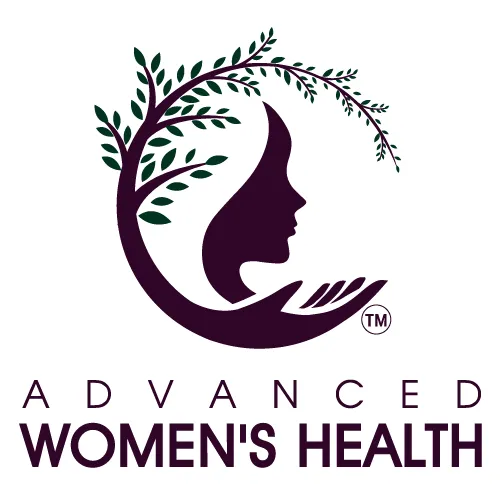Sean has been helping women to prepare for labour for nearly 10 years and he understands the unique experience that each and every woman is experiencing. The final months and weeks of pregnancy.
Many people use acupuncture to help prepare for labour, to manage body pain, to support better and healthier sleep, to reduce anxiety or fear leading up to labour and birth, to reduce headaches, or simply as a place to relax and be comfortable. Acupuncture has long been used to support a woman’s body and mind before birth.
Sean offers acupressure coaching sessions for birth partners. In an hour you can accurately learn the locations and functions of several useful acupressure points to help your partner during labour – including for the weeks before labour, early/active labour, birth and post birth. These include massage techniques that will reduce pain, calm anxiety and fear, and induce oxytocin release. You will also receive visual aids to help you review and remember.
What to Expect During Labour Induction Through Acupuncture
Phase 1 – Pre-term acupuncture 32-36 weeks
Preparing for labour ideally begins at week 32 with treatments 1/week. If you are experiencing pelvic pain, high blood pressure, or other symptoms then 2/week treatments may be recommended. At this time in pregnancy, acupuncture treatments are gentle and relaxing, with a focus on nourishment and preparation. With information from primary care (including midwives or OB GYN) acupuncture can also be useful to optimize baby’s positioning. Typically 6-8 needles are carefully chosen and treatments are relaxing and rejuvenating.
Phase 2 – Labour preparation and cervical ripening 36-40 weeks
At 37 weeks your baby is considered full term, and at this time acupuncture treatments begin to focus more on cervical ripening, relaxing the pelvis, supporting good and healthy sleep and calming the mind. Every situation is different, but typically weekly or 2/weekly treatments are recommended. Research suggests that the correct choice in acupuncture points supports cervical ripening and can shorten the time between the woman’s expected date of delivery and the actual time of delivery. Babies born at 41 weeks and later are more likely to require the care of specialists and be admitted to the neonatal intensive care unit, so reducing the time between the due date and induction is important. Acupuncture can reduce the incidence of a medically induced labour by as much as 15%, and also support a healthy postpartum recovery. Typically 8-10 needles are carefully chosen and often electroacupuncture is also used to improve the efficacy of the treatment.
https://www.ncbi.nlm.nih.gov/pmc/articles/PMC6953318/ – cervical ripening
Acupuncture showed some benefit in improving cervical maturity, however, more well‐designed trials are needed.
Phase 3 – Labour induction and support
Specific labour induction treatments are not often utilized, and are only considered when the pregnancy is post-term and/or medical induction has been scheduled and primary care providers have been consulted by the patient or practitioner. Labour induction treatments with acupuncture can initiate a release of oxytocin, but natural labour is always considered a better option, especially under the care of your midwives or physician. Typically these treatments involve more stimulation of specific acupuncture points, as well as the use of electroacupuncture to improve the outcomes. A discussion with your acupuncturist to see if this treatment is indicated and appropriate for your situation is best!
Acupuncture for cervical ripening:
- Rabl M, Ahner R, Bitschnau M, Zeisler H, Husslein P. Acupuncture for cervical ripening and induction of labour at term – a randomised controlled trail. Wien Klin Wochenschr 2001; 113 (23-24): 942-6
https://acupuncture.rhizome.net.nz/acupuncture/research/references/





